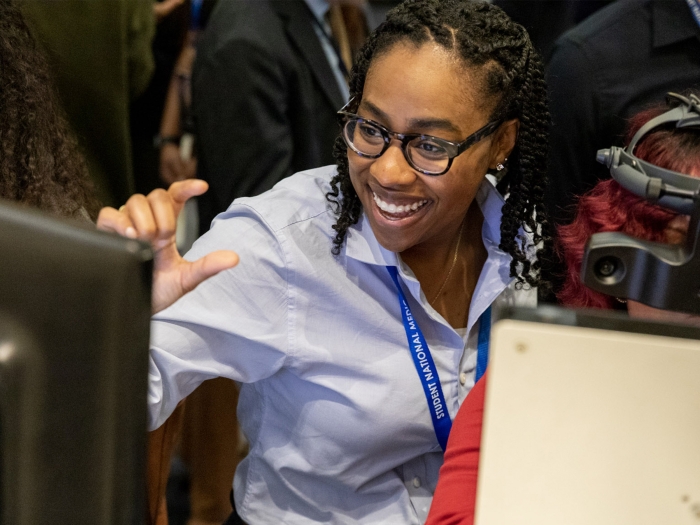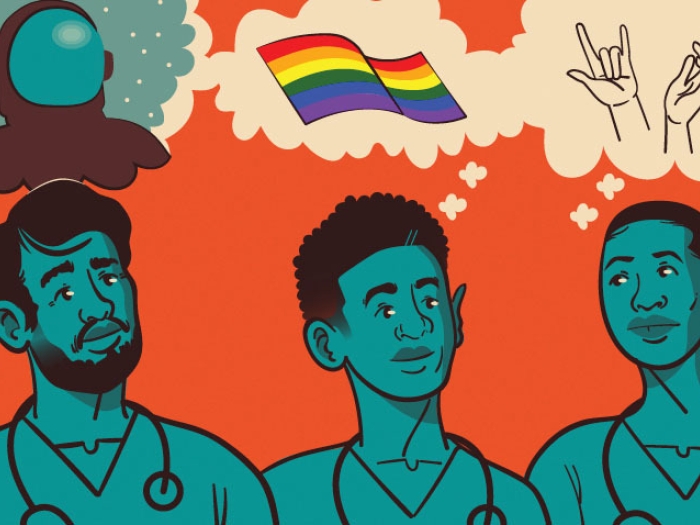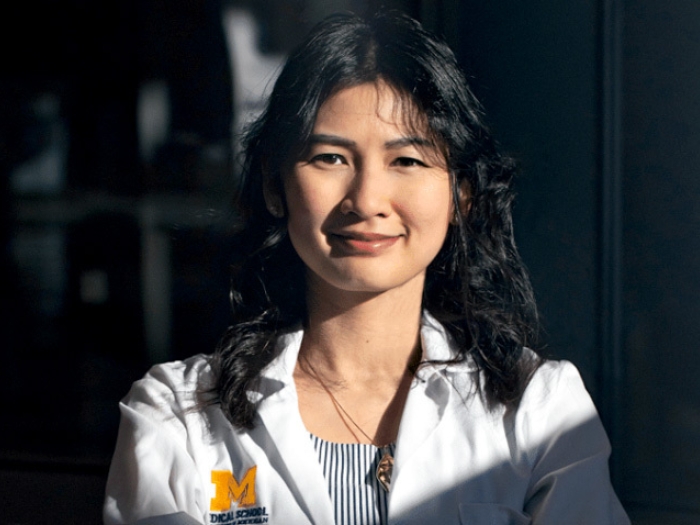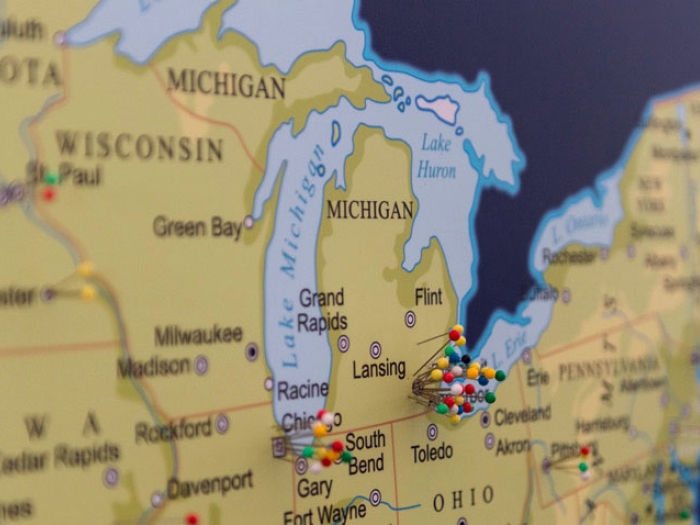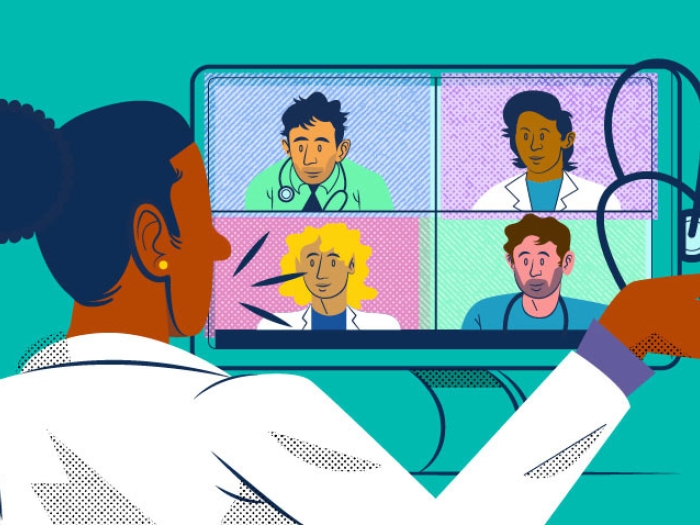Three physicians join a fourth-year medical student to examine the inefficiencies within the lead-up to Match Day.
2:45 PM
Author |

Match Day is often revered as a moment of celebration for everyone involved. Aspiring doctors learn where they will head for their residencies, as they are 'matched' with a medical center that offers specialized training in their future areas of expertise.
But Maya Hammoud, M.D., MBA, a professor of obstetrics and gynecology and learning health sciences at Michigan Medicine, and Nicole Mott, a fourth-year student at the University of Michigan Medical School, note that Match Day isn't always so cut and dry.
MORE FROM THE LAB: Subscribe to our weekly newsletter
"While most Match Day reports typically highlight the 92 to 95% match rate for senior medical students in the United States, this is only a rough measure for a very specific group of individuals applying to match," said Mott. "When you dive a bit deeper, you'll see that some necessary reforms are needed to ensure a more equitable process for all applicants."
Mott authored a perspective in The New England Journal of Medicine with Hammoud, as well as J. Bryan Carmody, M.D., M.P.H., and David A. Marzano, M.D. It addressed the importance of looking at Match Day outcomes beyond the overall match rate.
SEE ALSO: Match Day Explained: How Med Students Take the Next Career Step
"I am honored to have worked with a medical student on this paper, as the applicant perspective is very important in trying to solve challenges associated with the application and match processes," said Hammoud. "It also should remind us every day that unmatched applicants are not a number or a rate. They are each an individual who, after years of very hard work and hundreds of thousands of dollars in debt, find themselves without a job on Match Day."
Mott adds that their perspective was inspired by 'unmatched' medical students who didn't necessarily understand why they didn't match.
"Many students don't receive sufficient guidance throughout the residency application process," she said. "When students go unmatched, they often feel very alone and stigmatized. And oftentimes, even students who do match have unmet expectations, like not matching at their first-choice program, for example. These numbers are steadily increasing."
In the perspective, the team advocates for the National Residency Matching Program, or NRMP, to incorporate additional residency match data in their reporting numbers.
"The information presented in this paper hopefully highlights the importance of looking at Match Day outcomes beyond the overall match rate," said Hammoud. "The overall match rates are not representative of individual specialty match rates, which are quite variable with some programs having up to 25% of applicants unmatched."
Mott notes that several data gaps exist in the traditional NRMP report-outs, including:
-
A lack of information regarding applicants who apply to residency programs (or register for the NRMP match), but don't submit a rank-order list. This, in turn, leads to an overestimation of the actual match rate.
-
An absence of data around the physician workforce contributions by applicants who do not match or are placed in a post-graduate year one 'preliminary position.' These positions traditionally offer only one to two years of training, requiring individuals to re-apply for advanced residency positions in the future.
-
Little to no data on detailed match outcomes (that include specialty-specific matching on rank-order lists).
"It is essential that the medical education community – and especially applicants and their advisors – understand the more detailed match outcomes," said Hammoud. "This way, they can make informed decisions about an individual's future path and career."
And according to Mott, the 'overall congestion' associated with the current residency application process can be alleviated by some concrete changes.
"Our piece highlights proposed solutions to existing inefficiencies in the matching process, like increasing the amount of data-sharing among the Electronic Residency Application Service of the Association of American Medical Colleges, the Educational Commission for Foreign Medical Graduates and the NRMP, so the data that is available reflects all applicants."
In addition, Mott notes that tracking applicants who register for the NRMP match for consecutive application cycles, as well as presenting data on the average rank-order list position for matches by specialty, will establish more equity within the process.
"I think that it's important to have people that are passionate about solving the issues around this process," she said. "Because most applicants only go through the match process once, it's easy to forget about the frustrations associated with it, as they move onto the next thing. But if you aren't committed to making change, the next generation will suffer."
Paper cited: "What's in a Number? Breaking Down the Residency Match Rate," The New England Journal of Medicine. DOI: 10.1056/NEJMp2119716.
Like Podcasts? Add the Michigan Medicine News Break on iTunes, Google Podcasts or anywhere you listen to podcasts.

Explore a variety of healthcare news & stories by visiting the Health Lab home page for more articles.

Department of Communication at Michigan Medicine
Want top health & research news weekly? Sign up for Health Lab’s newsletters today!
